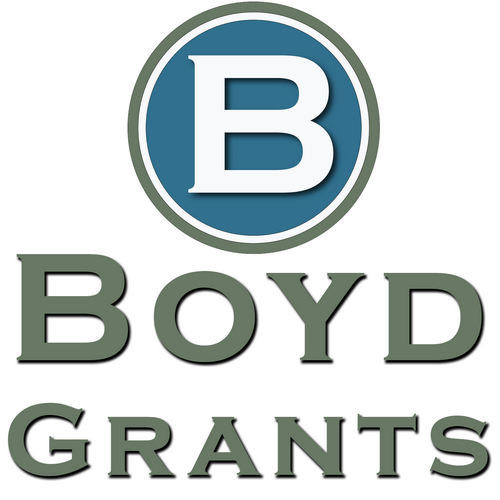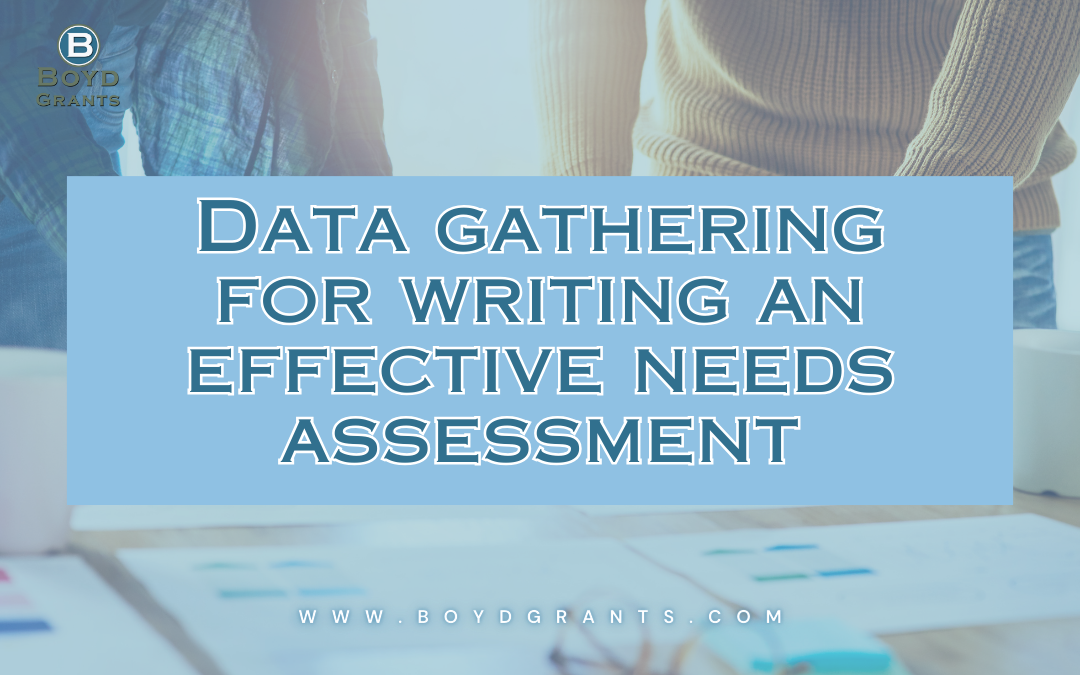Hey there, grant seekers and changemakers! Today, let’s dive into the exciting world of data gathering for writing an effective needs statement in a grant application. This process is not only crucial but also incredibly empowering as it allows us to showcase the impact our projects can have on our communities. Let’s break it down step by step:
Why is the Needs Statement Important?
First things first—why is the needs statement such a critical part of your grant application? Well, it’s your chance to paint a vivid picture of the challenges and gaps in your community that your project aims to address. This section sets the stage for why your project is not just important but essential.
Start with Relevant Data
To craft a compelling needs statement, you’ll need solid data. This doesn’t mean just numbers and statistics (although those are important too!), but also qualitative insights that give life to the numbers. Start collecting relevant data early on in your project journey. Keep track of demographic information, community challenges, and existing gaps in services.
Bring the Community’s Voice to the Forefront
Don’t forget to incorporate the voices of those you aim to serve. Conduct interviews, surveys, or focus groups to gather firsthand experiences and testimonials. This qualitative data adds depth and authenticity to your needs statement, showing funders the real-life impact of your proposed project.
Use Data to Build Your Case
Once you’ve gathered your data, it’s time to weave it into your needs statement. Use data points to support every claim you make about community needs. Be specific, clear, and concise. Paint a compelling narrative that shows funders exactly why your project is necessary and timely.
Make Connections and Align with Goals
As you draft your needs statement, always keep the grant’s goals and objectives in mind. Show how your project directly aligns with these aims and how it fills a critical gap in the funding landscape. Use national or regional data where applicable to bolster your case.
Crafting a Compelling Narrative
Lastly, don’t just present data—tell a story. Your needs statement should read like a compelling narrative that captures the urgency and importance of your project. Use language that resonates with your audience and conveys your passion for making a positive impact.
Remember, data gathering for your needs statement is not just about checking boxes—it’s about crafting a persuasive argument that convinces funders of the significance and potential impact of your project.
At Boyd Grants, we’re here to support you on your grant journey. Visit www.boydgrants.com to discover how we can assist you in leveraging data effectively for your next grant application. Together, let’s turn your vision into a powerful proposal that secures the funding your project deserves! 🌟


Recent Comments